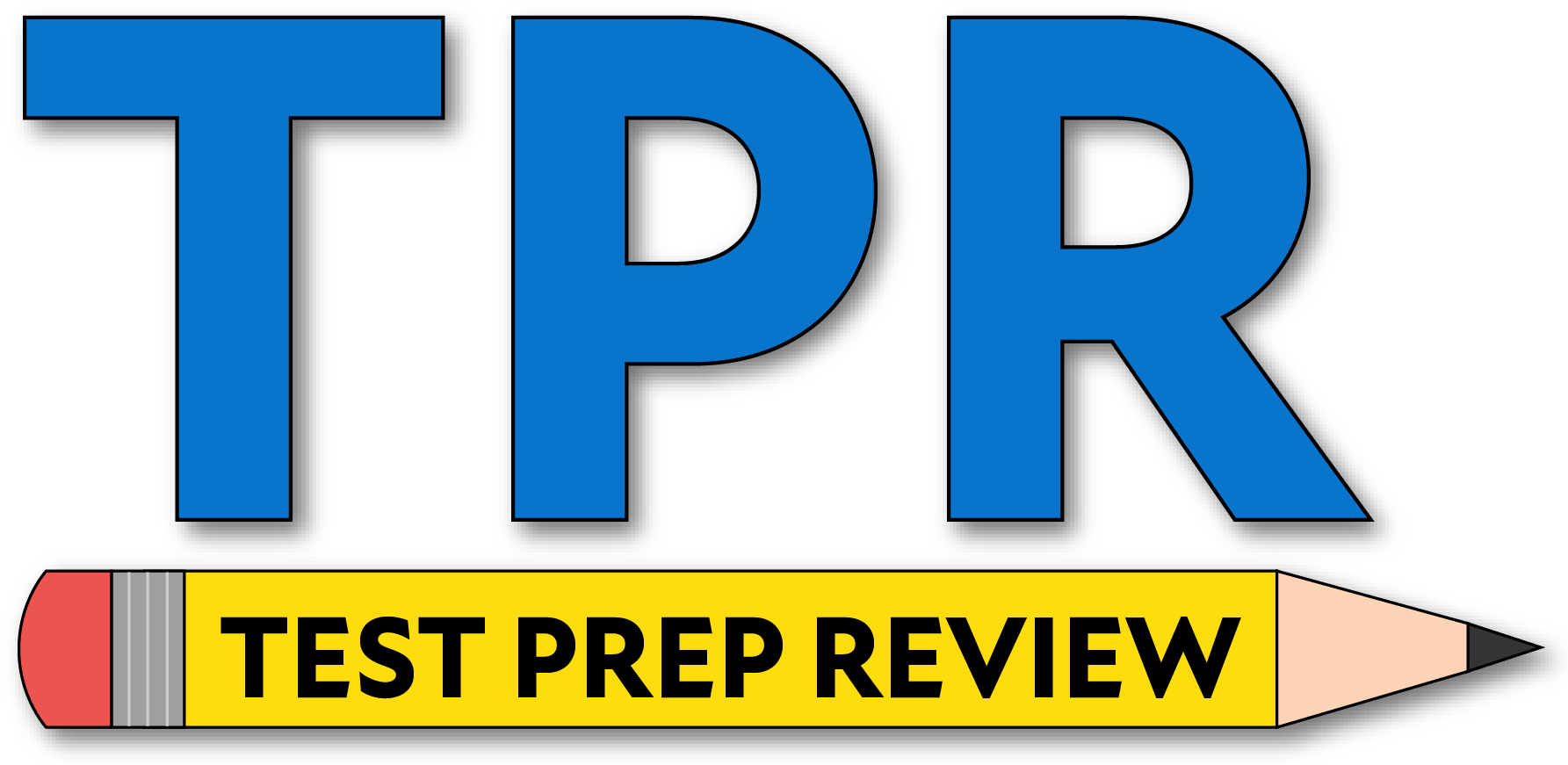- During the pre-trip inspection, you must show that:
- The vehicle is safe to drive.
- The vehicle is newer than four years old.
- You are competent and have no alcohol in your system.
The purpose of the pre-trip inspection is to verify that the vehicle is in safe operating condition before driving. You must identify any defects or safety issues that could affect the vehicle’s operation or cause a breakdown.
- During the pre-trip inspection you will:
- Sit in a truck and drive around talking about your expertise.
- Take a computerized test about truck driving.
- Walk around the vehicle and point to or touch each item, explaining to the examiner what you are checking and why.
During the inspection, you must physically inspect components and verbally explain what you’re checking and why. This demonstrates that you understand how to verify the condition and safety of critical vehicle parts.
- When checking the hoses you should:
- Look for puddles on the ground.
- Look for dripping fluids on the underside of the engine and transmission.
- Inspect hoses for condition and leaks.
- All of the above.
All of these checks are necessary. Hoses should be free of leaks, cracks, and wear. Puddles or drips underneath the vehicle can indicate fluid loss or loose connections that must be addressed before driving.
- When checking the oil level you will show the examiner:
- That the oil level is within the safe operating range.
- How to add water to the wipers.
- Where the power steering fluid dipstick is located.
Engine oil must be within the safe operating range. You’ll point out the dipstick, show how to check the level, and confirm that no oil leaks are present before starting the trip.
- You should never check the reservoir sight glass of the coolant level.
- True
- False
You should always check the coolant level using the reservoir sight glass when the engine is cool. This helps ensure there’s adequate coolant without risking burns from opening a pressurized cap.
- When checking the power steering fluid at the pre-trip inspection, the level must be above the refill mark to be acceptable.
- True
- False
The power steering fluid level must be above the refill mark to ensure the system operates safely and prevents damage to the power steering pump.
- Check the following belts for snugness, cracks, or frays:
- Power steering belt, water pump belt, alternator belt, and air compressor belt.
- Air compressor belt and seat belt.
- Power steering belt and driver’s belt.
- None of the above.
All engine drive belts must be inspected for proper tension, cracks, frays, or wear that could lead to failure while driving.
- To check the clutch and gearshift you should:
- Depress the clutch.
- Place the gearshift lever in neutral (or park for automatic transmissions).
- Start the engine, then release the clutch slowly.
- All of the above.
All steps are part of checking clutch function. The clutch should engage and disengage smoothly without unusual noise or vibration, confirming the system operates correctly before driving.
- You must check to make sure that the oil pressure gauge is working.
- True
- False
True. The oil pressure gauge ensures the engine is receiving proper lubrication. A malfunctioning gauge can hide dangerous low-oil-pressure conditions that may damage the engine.
- When checking the oil pressure gauge you should make sure that it:
- Shows decreasing oil pressure.
- Shows increasing or normal oil pressure, or that the warning light goes off.
- Shows that there is enough gas for your trip.
Oil pressure should rise after starting the engine and stay within normal range. The warning light should go off once adequate pressure is reached. A drop in pressure indicates a serious problem.
- The temperature gauge is unimportant at a pre-trip inspection.
- True
- False
The temperature gauge is critical because it shows if the engine is overheating. You must verify the gauge works properly to detect cooling system issues before they cause damage.
- During a pre-trip inspection the mirrors and windshield should be checked for:
- Proper steering.
- Colorful observation.
- Cleanliness, obstructions, and damage.
Mirrors and the windshield must be clean, clear, and free from cracks or obstructions to maintain full visibility. Visibility is one of the most important safety factors for any driver.
- Some emergency equipment that should always be carried is:
- Unimportant during the pre-trip inspection.
- Spare electrical fuses, three reflective triangles, and a properly charged and rated fire extinguisher.
- Spare electrical fuses, a walkie talkie, and a fire extinguisher.
Federal regulations require commercial drivers to carry specific emergency equipment: spare fuses (if applicable), three reflective triangles, and a fire extinguisher that is fully charged and rated for the vehicle type.
- To check for steering play in a non-power steering vehicle you should turn the steering wheel back and forth. Play should not exceed:
- 30 degrees
- 20 degrees
- 10 degrees
For vehicles without power steering, steering wheel play should not exceed about 10 degrees (roughly two inches of movement on a 20-inch wheel). Excess play indicates worn or loose steering components.
- Check that wiper arms and blades are secure, damaged, and operate occasionally.
- True
- False
False. Wiper arms and blades must be secure, undamaged, and operate smoothly when tested. Wipers are essential for clear visibility in bad weather, so their operation should always be checked during pre-trip inspection.

